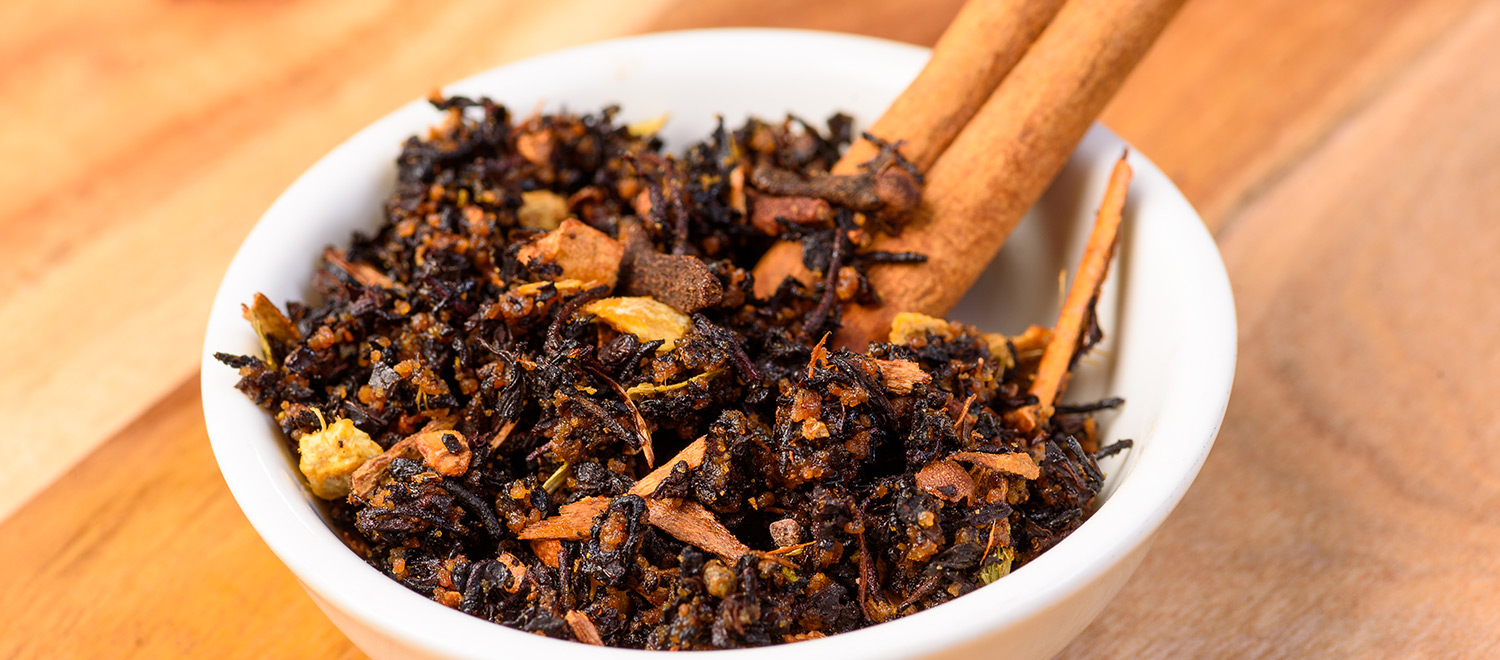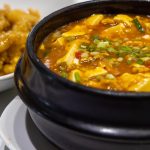Have you noticed the people around you getting sick, your family and maybe even yourself? That can only mean one thing, it is flu-season. When the flu got me down this last week, all I wanted to do was get better fast! What is even more interesting is as soon as I was getting sick, I immediately thought of some home remedies from my childhood to help me get better instead of heading to the nearest drug store to load up. I turned to making a huge pot of Sinigang, a Filipino tamarind soup my mom use to make me when I felt under the weather. After the first warming, soothing spoonful, I felt much better. It made me think about how people rave about chicken soup being the cure-all and other Asian cultures and what their home remedies in America are, whether it be Tom Kha Gai for Thais, or Pho for the Vietnamese. Every culture has their own “chicken soup” that they turn to. On the broader subject of wellness, this week we will be looking at Eastern medicine, more specifically Traditional Chinese Medicine (TCM) and how it has impacted the United States.
History of Traditional Chinese Medicine
TCM has a long history dating back several thousand years. It came to the US during the 19th century with Chinese Immigrants and has been used as complementary treatment ever since, especially during the times of the gold rush in 1850. Western medicine focuses on external forces affecting an individual to cause illness whereas TCM practice focuses on an imbalance of one’s wellbeing which is the cause for illness. It is a much more holistic approach to healing one self. There are numerous therapies that are employed in TCM that help improve the body flow of energy or qi including cupping, acupuncture, herbal medicine, and Tai chi.
Impact on the United States
Although it may seem like such an out-there concept to medicine, TCM has actually had a huge impact in the United States. How has TCM actually affected us today? Herbs and vitamins are a large cornerstone of TCM and have made their way into the supplement industry. 68% of all Millenials reported that they took some sort of supplement in the last 30 days. The growth and education of use of these vitamins and supplements are based on traditional herbal Chinese medicine. Many of these supplements that have become household items such as ginseng and ginger have roots (pun intended) in TCM. Acupuncture was fully legalized as an alternative therapy in 1976 with licensed practitioner numbers over 30,000 in the United States. Cupping, which is used to release toxins from the body and increase blood flow to certain areas is believed to help balance the flow of energy throughout the body. This process was made famous when the Michael Phelps looked like he had gotten attacked by an octopus and had what seemed like large welts all over his body at the last olympics. Tai Chi, which is an exercise that promotes a healthy balance of yin and yang is practiced by over 2.5 Million people in the United States. It is pretty clear that although it may seem like an old ancient medicine, it has lasting impacts and relevance today.
Ultimately, although we live in an age where western medicine is progressing at an extraordinary rate, there is still something to be said about tradition and ages old eastern medicine. It seems as if maybe a combination of Eastern and Western medicine actually might be the best approach to wellness. Not only are we seeing an ever increasing blend between Asian-American culture in the US, but historically there has been a blending of Asian and Western Medicine as well.







